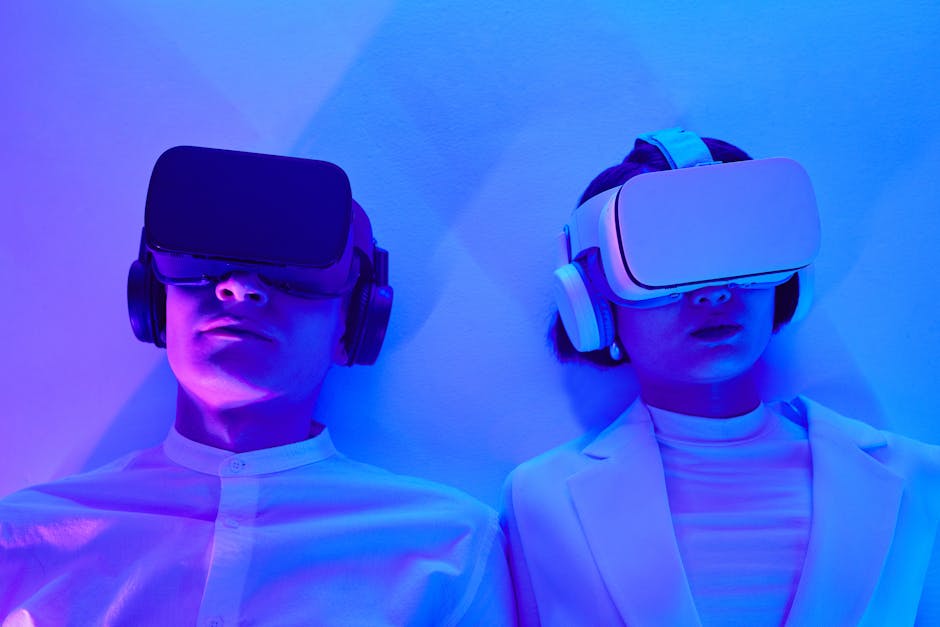No products in the cart.
The Future of Translation: Can Humans Compete with AI?
As AI translation tools advance, human translators face uncertain futures. Can they adapt, or are they on the brink of extinction?
San Francisco, USA — The hum of a bustling café fades into the background as Maria Rodriguez, a professional translator, adjusts her glasses and stares at the screen. An AI translation tool whirs to life, spitting out phrases in seconds that once took her hours to perfect. The question looms: in a world increasingly dominated by artificial intelligence, will her skills still hold value?
As technology races forward, the translation industry finds itself at a crossroads. The rise of AI-powered tools like Google Translate and DeepL has made it possible for anyone with an internet connection to access instant translations. But while these tools are revolutionary, they also raise a troubling concern: can human translators compete with the efficiency and speed of AI?

To understand the implications of this technological shift, we must first consider the role of translators in our globalized world. Translators do more than convert words from one language to another; they bridge cultures, convey nuances, and capture emotions. As Maria explains, “A machine might get the words right, but it often misses the heart of the message.” This sentiment is echoed by her colleagues, who emphasize that translation is as much an art as it is a science.
AI tools are improving at an astonishing rate. A recent study by McKinsey[1] found that AI could handle up to 85% of translation tasks by 2030. While this statistic might send shivers down the spines of many translators, it also opens the door to a hybrid model where humans and machines collaborate. The future may not be a battle for survival, but rather a partnership.
CEO Anna Schmidt believes this model creates a new market demand for skilled translators who can work alongside AI.
Take the story of LinguaTech, a startup in Berlin that integrates AI into its translation services. By utilizing AI for initial drafts and then having human translators refine the text, they have increased productivity while maintaining quality. CEO Anna Schmidt believes this model creates a new market demand for skilled translators who can work alongside AI. “It’s not about replacing humans; it’s about augmenting their capabilities,” she asserts.
However, the fear of obsolescence remains palpable among many in the field. The prospect of losing jobs to AI has sparked a debate within professional circles. Some argue that as AI becomes more prevalent, the value of human translators will diminish, leading to a potential job crisis. Others, however, see this as a call to action — an opportunity to upskill and adapt to the changing landscape.
As an example, consider the experience of Tom, a freelance translator in London who has embraced technology. He has invested time in learning about AI tools and now offers clients a unique service: a combination of human insight and machine efficiency. “I don’t see AI as a threat; I see it as an opportunity to enhance my services,” he explains. His story suggests that adaptability may be the key to thriving in an AI-driven world.
Yet, there are challenges ahead. The digital divide poses a significant barrier for many translators, particularly those in developing countries who may lack access to the latest technologies. This could widen the gap between high-tech and low-tech translation markets, leaving some professionals behind. The industry must find ways to ensure that all translators can benefit from technological advancements.
As we look to the future, it’s clear that the translation landscape will continue to evolve. The integration of AI is not a question of if, but when. For translators, the challenge lies in embracing this change and finding ways to leverage technology while retaining the human touch.
He has invested time in learning about AI tools and now offers clients a unique service: a combination of human insight and machine efficiency.
Ultimately, the survival of human translators may depend on their ability to reshape their roles in this new environment. Rather than viewing AI as a competitor, they can see it as a tool that complements their skills. As Maria puts it, “The future of translation is not about machines versus humans; it’s about how we can work together to create a richer, more nuanced understanding of language.”
As the translation industry stands on the brink of transformation, one thing is certain: the best outcomes will arise from collaboration. Translators who adapt and innovate will not only survive but thrive in this brave new world.











